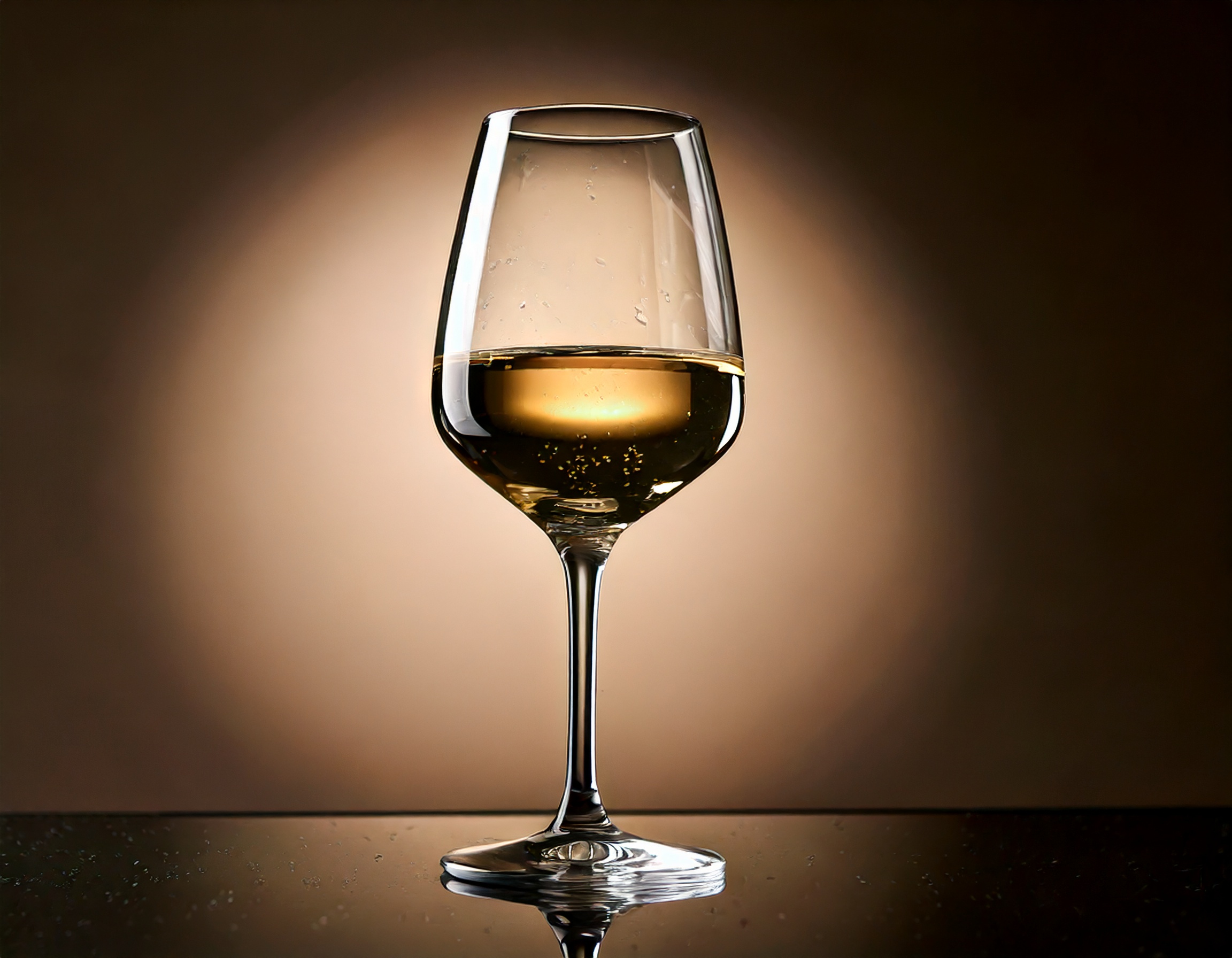
Design Should be Invisible
Imagine that you have before you a bottle of the finest wine, its deep, shimmering crimson inviting you to savor it. You may choose your favorite vintage for this demonstration. Now, you have two vessels before you. One is a solid gold goblet, elaborately wrought with intricate patterns. The other is a crystal-clear glass, as thin as a bubble and completely transparent. Pour and drink, and by your choice of vessel, I will know whether or not you truly appreciate the essence of the wine. If the sensation of drinking from an expensive, ornate goblet appeals to you more than the wine itself, you may not be a true connoisseur. But if you are one of those rare individuals who understands the beauty of the wine, you will choose the crystal glass, designed to showcase and elevate the wine without distraction.
Stay with me through this long-winded metaphor, for nearly all the virtues of the perfect wine glass have their counterparts in graphic design. The long, slender stem of the glass prevents fingerprints from clouding your view of the wine. Why? Because nothing must obscure the vibrant heart of the liquid. Similarly, in design, clear space—margins and white areas—serves to protect the integrity of the visual elements, keeping distractions away. The crystal bowl is colorless or only faintly tinged, because the connoisseur judges wine by its hue and will not tolerate anything that distorts it. In the same way, a design overloaded with effects, colors, or unnecessary embellishments is as offensive as serving wine in a goblet of red or green glass. And just as a fragile-looking glass with a base too small to feel stable makes you nervous about it tipping over, certain design layouts, while functional, can leave users uneasy or confused, making navigation or comprehension more difficult than necessary.
Graphic design requires humility and restraint, qualities often lacking in other creative fields where self-conscious, flamboyant experiments thrive. Simplicity in design is not boring—it’s an achievement. Gaudy, ostentatious designs are twice as easy to create as disciplined, thoughtful ones. Once you understand that bad design never fades into the background, you can begin to aim for beauty by aiming for clarity. The flashy designer may attract attention from those who care more for show than substance, but true design excellence, like a fine crystal goblet, works best when it goes unnoticed, allowing the content—whether an image, a message, or an idea—to shine through. You may spend years refining your craft to create that transparent vessel, perfectly suited to hold and reveal the richness of human creativity.
Note: The above is a modern adaptation of The Crystal Goblet, or Printing Should Be Invisible by Beatrice Warde (1900 -- 1969)